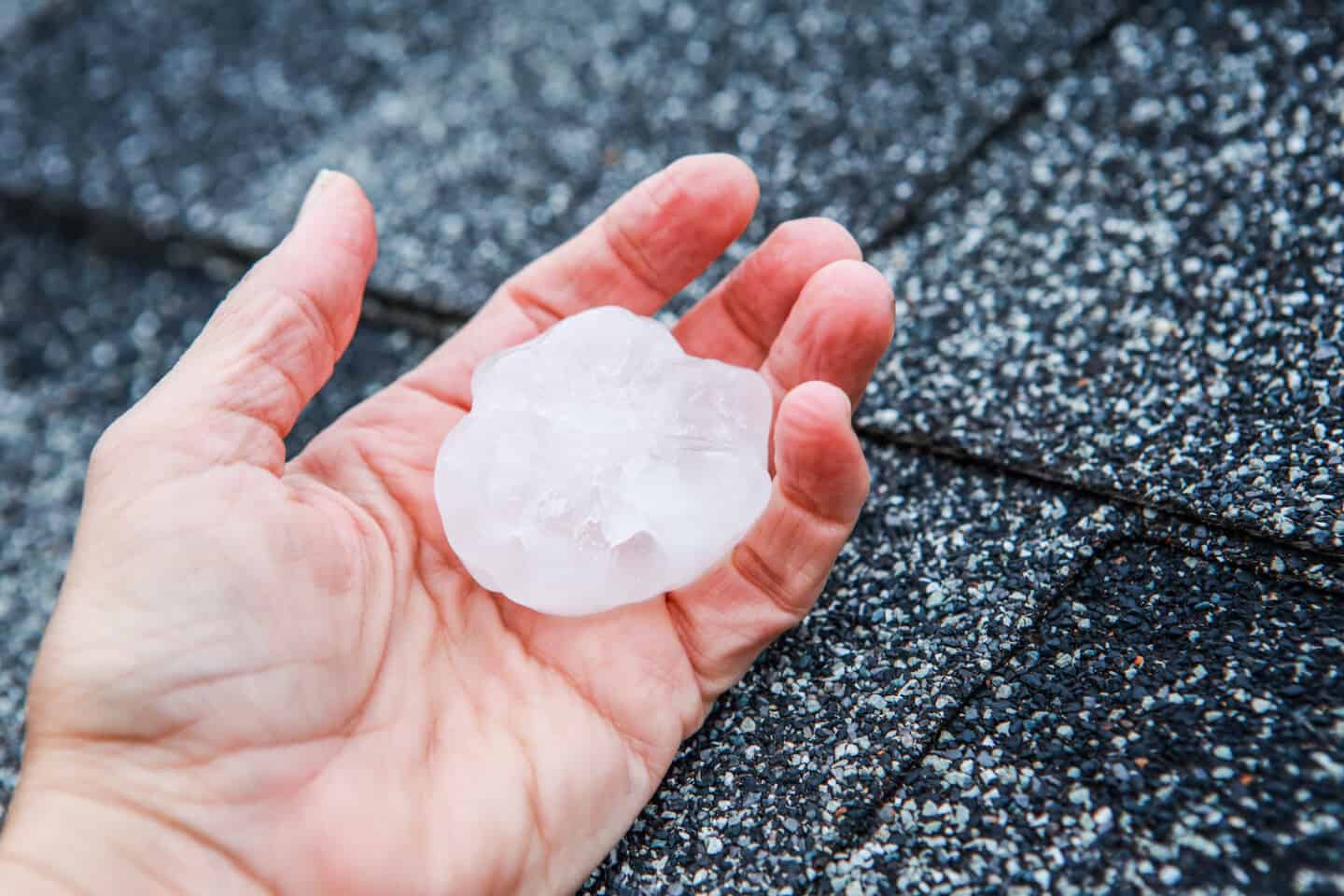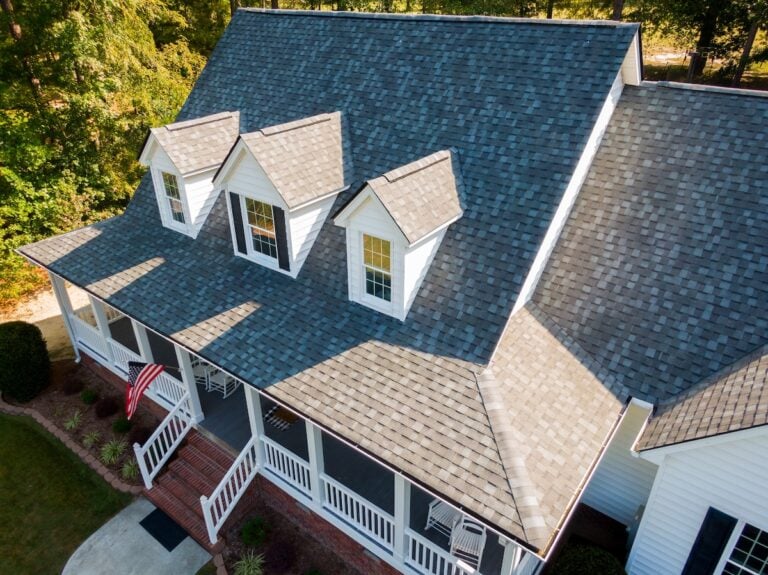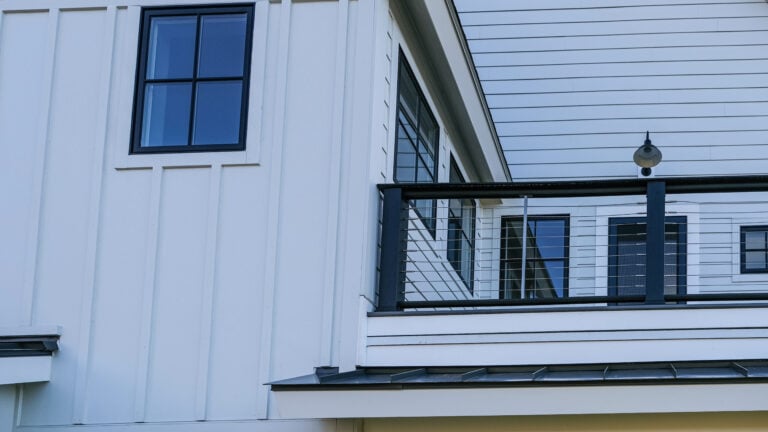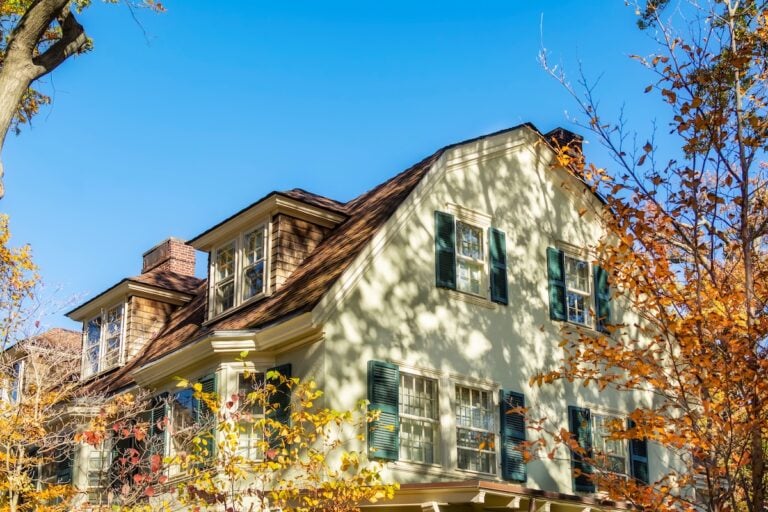Severe weather can wreak havoc on your home’s exterior, leaving you wondering about the extent of potential damage. After a storm passes through your area, conducting a thorough storm damage inspection is crucial to identifying issues before they become costly repairs. Whether you’ve experienced high winds, hail, or heavy rain, knowing what to look for can save you thousands of dollars and protect your family’s safety.
When storm damage occurs, time is of the essence. The sooner you identify and address problems, the better you can prevent secondary damage like water infiltration or structural issues.
This comprehensive guide will walk you through everything you need to know about post-storm roof inspections, including:
- Essential safety considerations before beginning your inspection
- Step-by-step inspection process for identifying storm damage
- Common types of storm damage to watch for
- When to call professional roofing contractors
- Tips for documenting damage for insurance claims
🔍 Why Storm Damage Inspection Is Important

A thorough storm damage inspection serves as your first line of defense against extensive and expensive repairs down the road. Many homeowners make the mistake of assuming their roof is fine if they don’t see obvious damage from the ground level, but storm damage often occurs in areas that aren’t immediately visible.
Professional inspection helps identify hidden damage that could compromise your home’s structural integrity and lead to water damage, mold growth, and other serious issues. Here are the key benefits of conducting a proper storm damage inspection:
- Early Detection: Identifies minor issues during storm damage roof replacement inspections before they turn into major problems requiring a full roof replacement
- Insurance Documentation: Provides necessary evidence for filing claims after a wind damage inspection, ensuring proper coverage
- Safety Assurance: Confirms your roof can still protect your family from the elements, even after storm or wind damage
- Cost Savings: Prevents small problems found during inspections from escalating into costly structural damage
- Peace of Mind: Gives you confidence that your home is secure and weatherproof, with thorough storm and wind damage inspections
🏠 7 Essential Steps for Roof Storm Damage Inspection
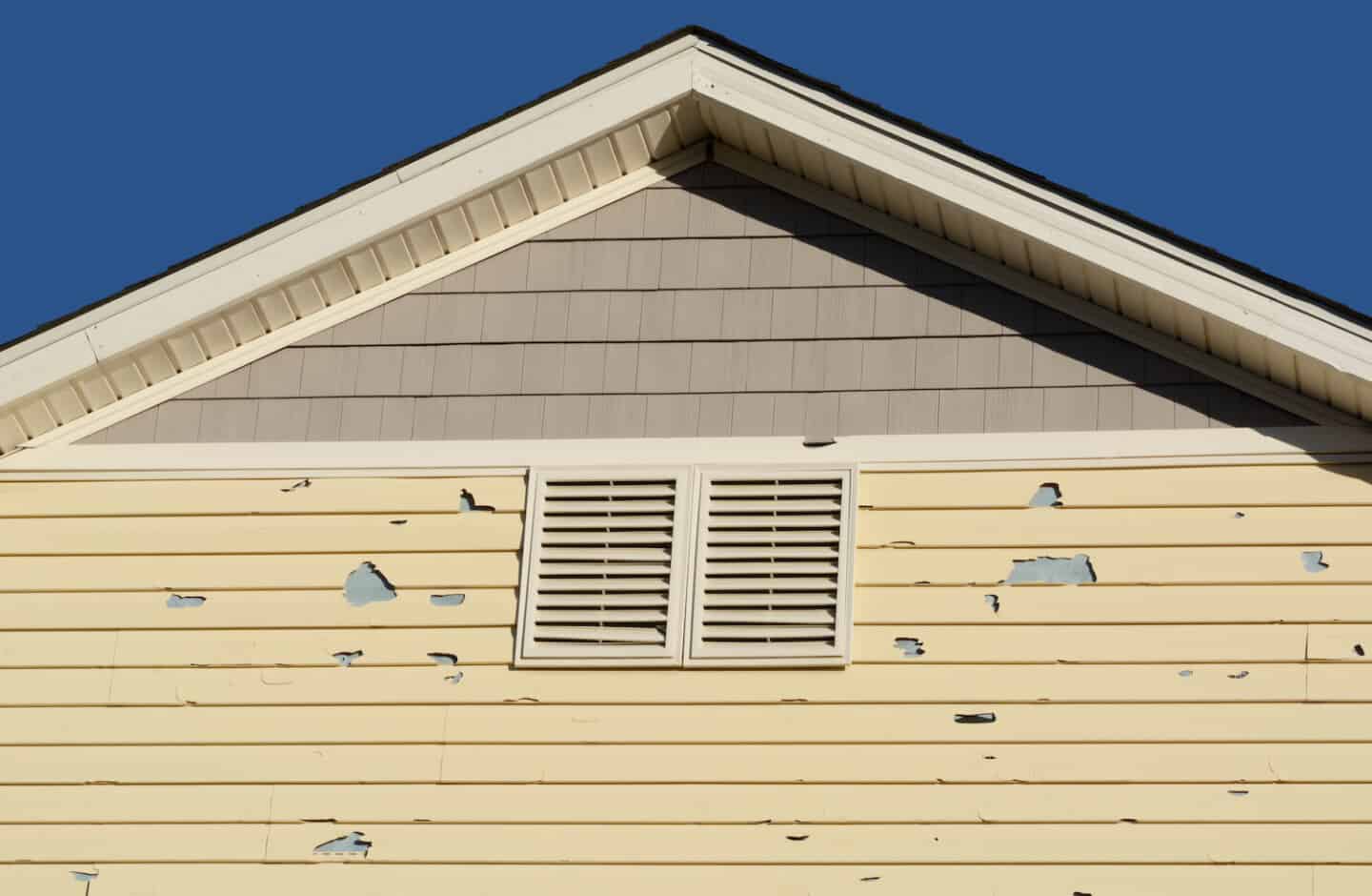
Conducting a systematic approach to your post-storm inspection ensures you don’t miss critical damage that could affect your home’s safety and security. Each step builds upon the previous one to provide a comprehensive assessment of your roof’s condition.
1. Prioritize Safety First
Before climbing onto your roof or using a ladder, assess weather conditions and your own physical capabilities. Never attempt an inspection during ongoing severe weather or when surfaces are wet and slippery.
- Wait at least 24 hours after the storm has completely passed to allow surfaces to dry
- Use proper safety equipment including non-slip shoes and have someone spot you when using ladders
2. Start With a Ground-Level Visual Assessment
Begin your inspection from the safety of the ground, walking around your entire property to identify obvious damage. Use binoculars to get a closer look at areas that are difficult to see from ground level.
- Look for missing or damaged shingles, bent flashing, or debris on the roof
- Check gutters for dents, clogs, or separation from the roofline
3. Inspect Your Attic for Interior Signs of Damage
Head to your attic with a flashlight to check for water infiltration, which often indicates roof damage that isn’t visible from the exterior. This step can reveal problems before they cause significant interior damage.
- Look for water stains, wet insulation, or daylight coming through the roof decking
- Check for new cracks in rafters or other structural components
4. Examine Shingles and Roofing Materials Up Close
If you can safely access your roof, carefully inspect individual shingles and roofing materials for storm-related damage. Take photos of any damage you discover for insurance documentation purposes.
- Look for cracked, curled, or missing shingles that may have been damaged by hail or high winds
- Check for exposed or loose nails and damaged underlayment
5. Assess Gutters and Downspouts for Damage
Storm debris and high winds can cause significant damage to your gutter system, which plays a crucial role in directing water away from your home’s foundation. Damaged gutters can lead to water problems throughout your property.
- Clear any debris from gutters and check for dents, cracks, or loose connections
- Ensure downspouts are properly secured and directing water away from your foundation
6. Check Flashing Around Roof Penetrations
Flashing around chimneys, vents, and other roof penetrations is particularly vulnerable to storm damage. Damaged flashing is one of the most common sources of roof leaks following severe weather.
- Inspect flashing for cracks, separation, or missing pieces that could allow water infiltration
- Look for loose or damaged caulking around penetrations
7. Document Everything for Insurance Purposes
Thorough documentation is essential for insurance claims and future reference. Take detailed photos and notes of all damage you discover during your inspection.
- Photograph damage from multiple angles and include reference points for scale
- Create a written inventory of all damage with dates and detailed descriptions
⚠️ Professional Inspection: When to Call the Experts

While homeowners can identify obvious storm damage, certain situations require the expertise of professional roofing contractors. Professional inspections provide the thoroughness and documentation needed for insurance claims and ensure all damage is properly identified and addressed.
Signs You Need Professional Assessment
Some types of storm damage are difficult for untrained eyes to detect, and attempting to inspect certain areas can be dangerous for homeowners without proper equipment and training.
- Structural Damage: Sagging roof lines, cracked rafters, or other structural issues require immediate professional evaluation
- Extensive Hail Damage: Hail can cause subtle damage that affects shingle granules and long-term performance
- Multiple Story Homes: Higher roofs pose significant safety risks for untrained individuals
What Professional Inspectors Look For
Professional roofing contractors have the experience and tools to identify damage that homeowners might miss. They understand how different types of storms affect various roofing materials and can spot early warning signs of future problems.
- Hidden Damage: Professionals can identify compromise to shingle integrity that isn’t immediately visible
- Insurance Requirements: Many insurance companies require professional documentation for claims processing
- Comprehensive Assessment: Professionals inspect all roofing components, including ventilation systems and structural elements
The Value of Expert Documentation
Professional inspection reports provide the detailed documentation insurance companies require and can significantly impact the success of your claim. These reports also serve as valuable records for future maintenance and repairs.
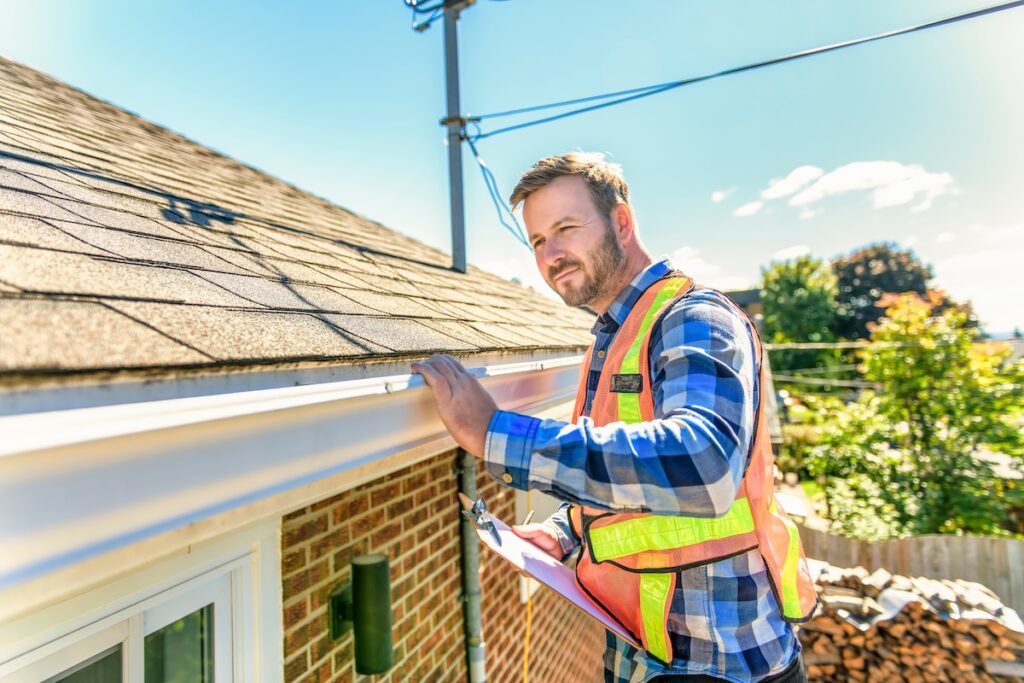
🛠️ Take Action to Protect Your Home
Don’t let storm damage compromise your family’s safety or lead to expensive repairs down the road. Conducting a thorough storm damage inspection is one of the most important steps you can take to protect your home and your investment.
Remember that while you can identify obvious damage yourself, professional inspection provides the expertise and documentation needed to ensure all damage is properly addressed. The sooner you act, the better you can prevent secondary damage and complications.
If you’ve discovered storm damage or want the peace of mind that comes with professional assessment, don’t wait. Contact Best Exteriors today for a comprehensive inspection by Columbus’s trusted roofing experts. Our experienced team will thoroughly assess your roof, provide detailed documentation for insurance purposes, and recommend the best course of action to keep your home safe and secure.
